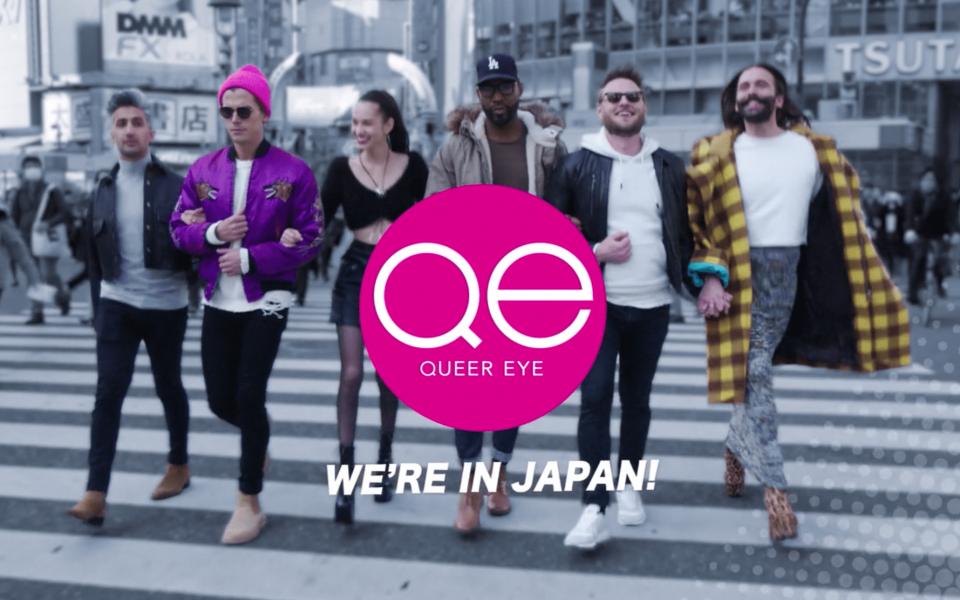Since its revival in early 2018, the television show “Queer Eye” has not only made over, but arguably changed the lives of more than 30 individuals. The current iteration of the show streams on Netflix while the original premiered on Bravo in 2003 and was called, “Queer Eye for the Straight Guy.” The show follows of a group of five gay men, otherwise known as the “Fab Five,” as they meet and help individuals who have been nominated by friends or family and whom the group has been tasked with helping. The goals for each nominee are different episode to episode and include examples from wanting to rekindle a relationship with a spouse or simply becoming more confident. And while each season has captured audiences across the country, the show’s latest season is the one that caught my attention.
While all four of the previous seasons of the new Queer Eye revolve around individuals in the US, the latest season sets the show in Tokyo and follows the transformations of four Japanese “heroes.”
And it’s in these episodes that a nuanced and deeper understanding of the culture I grew up in can be viewed.
Japan, unlike the United States, has long been understood as having a conformist culture. While members of American society are encouraged to be individuals and show their strengths and unique qualities, sticking out is considered to be social suicide for most in Japan. Not unrelated, the country has also been known for its collectivist culture, in which the whole is emphasized and placed in higher regard than the individual.
And this theme of wanting to conform plays a vital part in each of the four episodes. In the first episode, the Fab Five meet a woman named Yoko who works as a hospice employee and who has turned her home into a live-in hospital for elderly individuals. Nominated by her close friend, viewers quickly find out that Yoko has dedicated most of her life and time to her patients, so much so, that she has given up a bedroom in her home and sleeps in a sleeping bag under the coffee table or in the hallway. When one of the Fab Five talks to Yoko about the importance of self-care, she responds that she hadn’t thought about herself in that way.

In the second episode, a young gay man talks about how he feels like he can’t be himself because of the still-strong taboo against homosexuality in the country. In the final episode, a once vibrant and creative man talks about how he has “killed” himself to blend in and go along with society.
And despite the language barrier and the cultural differences, each of the members of the Fab Five find themselves relating deeply to the struggles that these average Japanese people face because of their own experiences of being ostracized for their sexual orientation. By setting “Queer Eye” in Japan, producers take what on the surface seems like a simple, makeover show and instead brings viewers a more nuanced, interesting dive into a culture that has become synonymous with sushi, anime and karate.
Even though there are only four episodes, this season of “Queer Eye” is the first time in a long while that I can remember any American show, or movie for that matter, engaging in Japanese culture in a way that’s empathetic and respectful. The hope, of course, is that they take the success of this season and translate it to other countries and cultures moving forward. Because as Tan French, one of the Fab Five, says in the final episode of the season: “No matter where we go in the world, the one connecting factor is our desperation for love and connection and support.”
‘Queer Eye: We’re in Japan!’ is streaming on Netflix now.
Join the First Amendment Society, a membership that goes directly to funding TCB‘s newsroom.
We believe that reporting can save the world.
The TCB First Amendment Society recognizes the vital role of a free, unfettered press with a bundling of local experiences designed to build community, and unique engagements with our newsroom that will help you understand, and shape, local journalism’s critical role in uplifting the people in our cities.
All revenue goes directly into the newsroom as reporters’ salaries and freelance commissions.


Leave a Reply